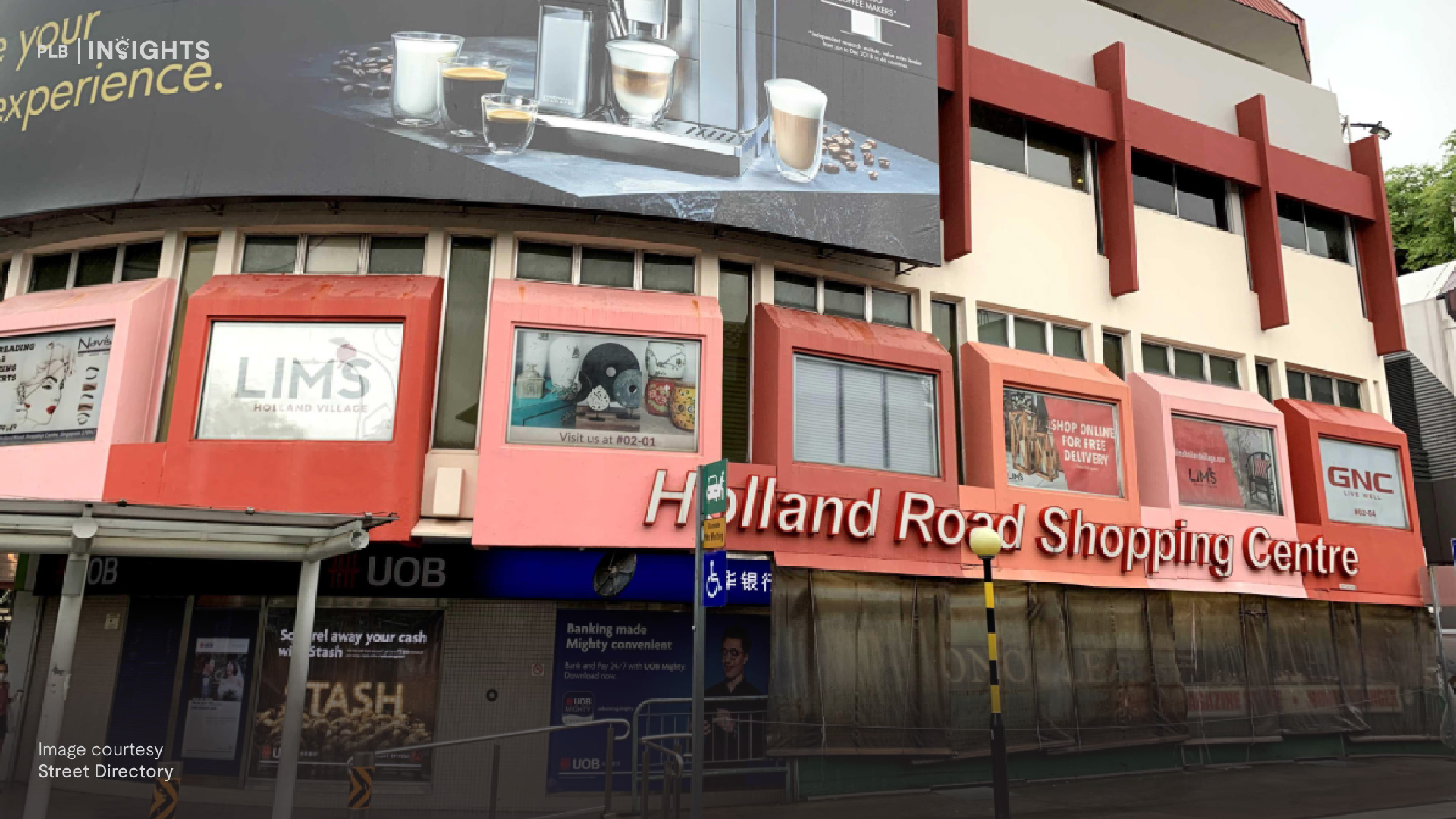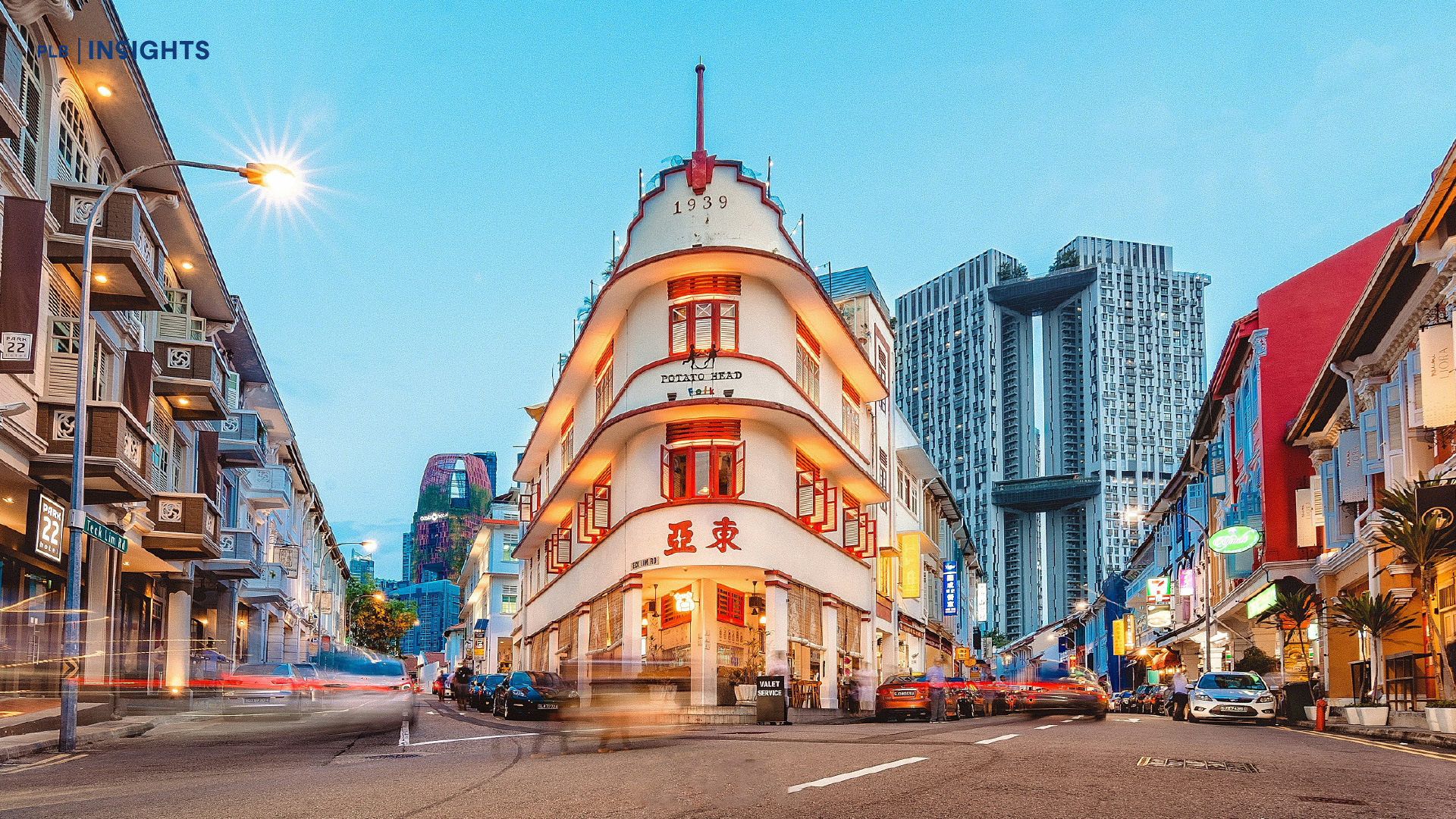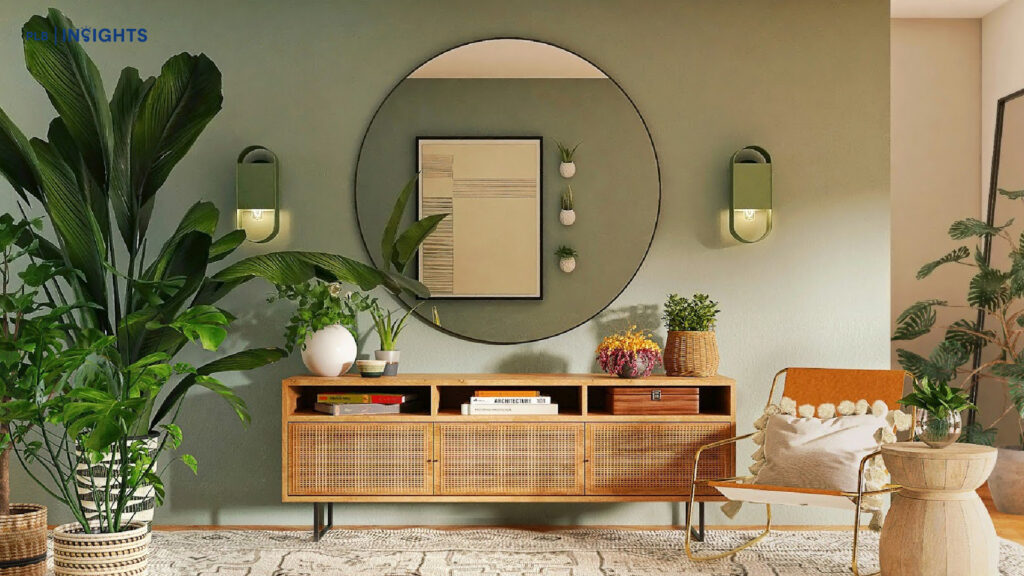
Creating a luxurious home doesn’t require a lavish budget. The secret to making your home look expensive lies in thoughtful design choices that exude sophistication, craftsmanship, and timeless appeal. By incorporating curated furniture, high-quality materials, and a keen eye for details, you can elevate your space to feel effortlessly elegant without excessive spending.
From selecting decor that ages gracefully to embracing artistic contrasts in shape and size, these simple yet impactful design strategies will help you achieve a polished and high-end aesthetic. In this article, we’ll explore how you can make your home look expensive while keeping your budget in check.
Curves and Organic Shapes: The Effort That Signifies Luxury
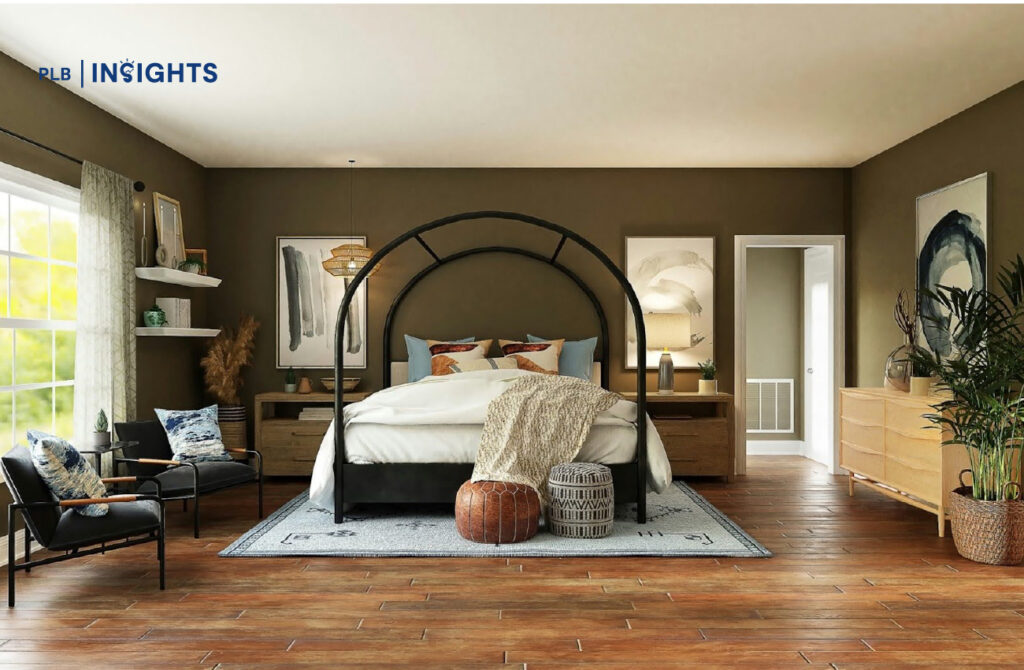
The presence of curved furniture and organic shapes instantly adds an upscale feel to any space. This is because our brains naturally associate smooth, flowing lines with comfort and relaxation. Unlike straight lines and sharp angles, which can feel rigid and industrial, curves soften a room and make it feel more inviting.
Beyond aesthetics, curves also hint at a higher level of craftsmanship. Producing curved furniture and decor requires more skill and effort compared to mass-produced, straight-lined pieces. This extra attention to detail adds a sense of exclusivity and value. Whether it’s a sculptural chair, an arched doorway, or a rounded coffee table, incorporating curves in your design makes your space feel thoughtfully curated and luxurious.
Choose Materials That Age Beautifully and Develop Character
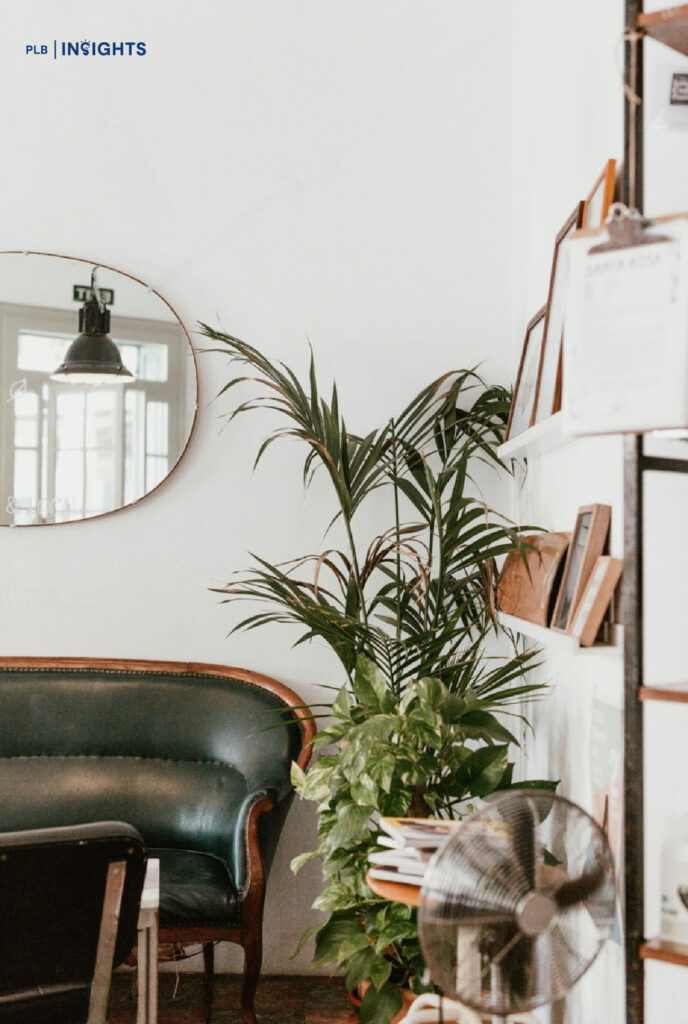
One hallmark of an expensive-looking home is the presence of materials that age gracefully. Instead of filling your home with cheap, disposable decor, opt for timeless materials that develop a rich patina over time.
Natural stones like marble and travertine, different types of hardwood, leather upholstery, and metals that acquire an elegant patina (such as brass or copper) not only last for decades but also gain character with age. These materials have been used in architecture and design for centuries, proving their lasting appeal. Additionally, high-quality materials tend to have more weight and substance—factors that naturally make them feel more expensive than lightweight plastic alternatives.
Even small accents like a leather-bound book, a solid wood tray, or brass cabinet handles can introduce this sense of quality and longevity into your home.
Built-In Storage: A Clean, Streamlined Look That Exudes Wealth

A clutter-free home always looks more expensive. The best way to achieve this is through integrated, built-in storage solutions. Floor-to-ceiling shelving, hidden cabinetry, and custom storage systems create a seamless, sophisticated look while maximizing space.
Built-in storage is often associated with bespoke craftsmanship, making it a key indicator of luxury. Unlike freestanding shelves that can look temporary or mass-produced, built-ins feel like a deliberate design choice tailored to the space.
To further elevate this look, consider high-end finishes for your storage spaces. Brass handles, marble surfaces, and matte metallic accents can add a touch of understated elegance. The goal is to eliminate visual clutter and allow your home’s architectural and decor elements to take center stage.
Furniture That Doubles as Art

Luxury interiors often feature furniture that is as much a statement piece as it is functional. Instead of opting for conventional, predictable designs, choose sculptural furniture that catches the eye.
Think of a coffee table with a geometric silhouette, a curvy lounge chair, or an abstract-shaped lamp. These pieces add an element of surprise and artistry to a room, making it feel unique and high-end. Our brains are naturally drawn to things that look uncommon or handcrafted, which is why sculptural furniture is often found in luxurious spaces.
If investing in designer pieces is out of budget, look for second-hand or vintage items with distinctive forms that stand out. Even a single standout piece can transform the aesthetic of an entire room.
Art Over Family Photos: Creating a Gallery-Like Ambience
Displaying art instead of numerous personal photos can elevate your space and make it feel curated. While family photos have sentimental value, too many of them—especially in shared spaces—can make the decor feel overly personal rather than refined.
Abstract paintings, modern photography, or even vintage prints add balance, harmony, and a hint of mystery to a room. Large-scale artwork, in particular, creates a focal point that makes a space feel intentional and luxurious. If you’re on a budget, consider sourcing affordable art from independent artists, second-hand stores, or even printing high-quality digital downloads in custom frames.
Playing with Scale: The Art of Mixing Sizes and Proportions
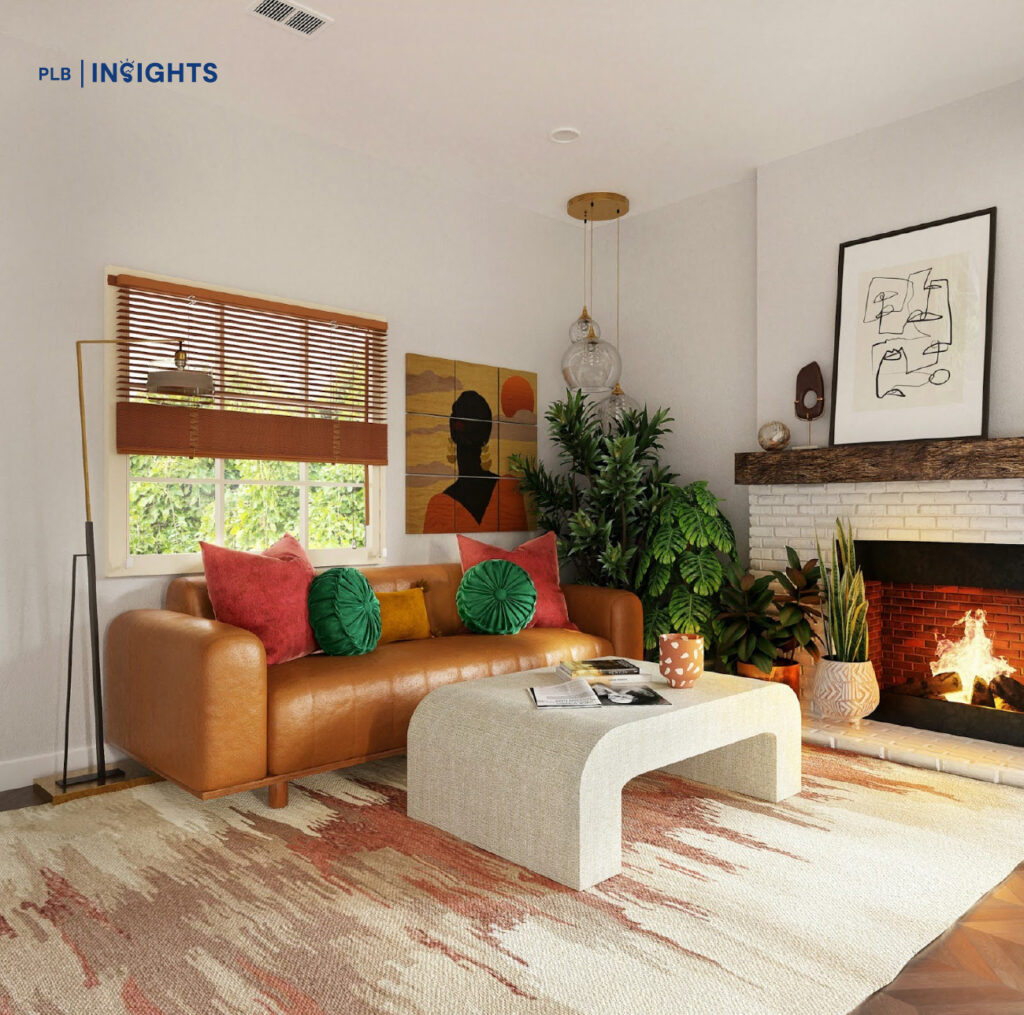
Luxury interiors often feel dynamic rather than predictable. One of the best ways to achieve this effect is by playing with scale and proportion.
Instead of decorating with items of the same size, mix large and small pieces to create contrast and visual depth. For example, a statement artwork above the sofa, complemented by a collection of smaller pieces, gives the impression that the space was curated over time rather than purchased in one shopping trip.
Similarly, using asymmetrical furniture arrangements and varying the heights of decor items adds an intentional, high-design feel to a space. The key is to make the design feel layered, not uniform.
Frame Your Artwork Thoughtfully—But Avoid Matching Frames
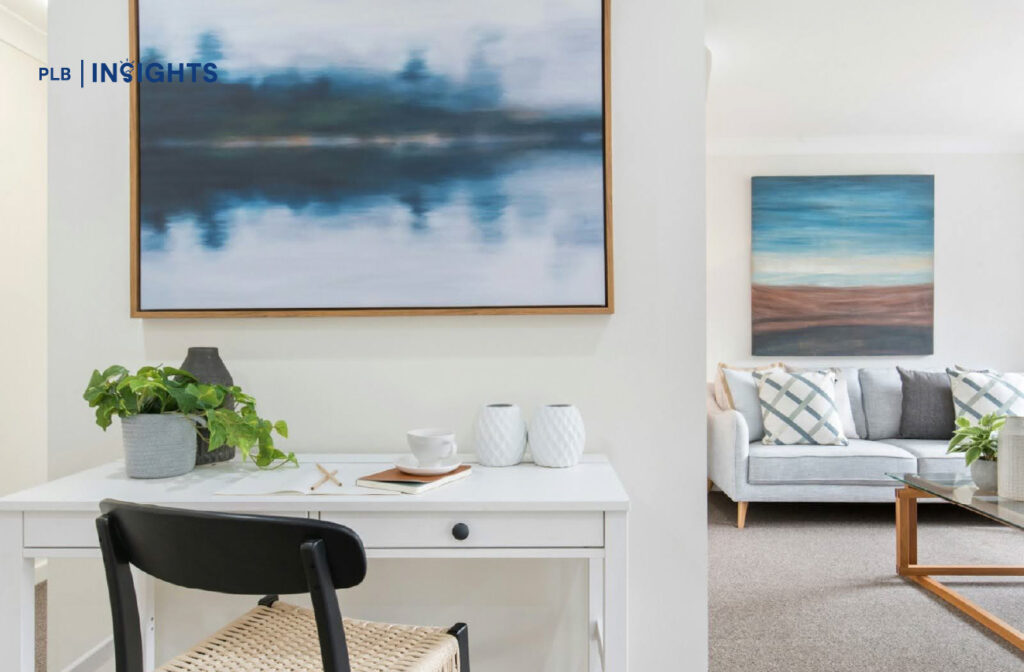
Framing artwork instantly makes it look more polished, but resist the temptation to use identical frames for everything. While matching frames may seem cohesive, they can also make a space feel too coordinated and impersonal—almost like a store display.
Instead, mix different frame styles and finishes to create the look of a carefully curated collection. A mix of wood, metal, and painted frames adds a sense of history and depth to a space. The goal is to make it appear as though the pieces were collected over time, rather than purchased in a single decorating spree.
Mix, Don’t Match: The Secret to an Effortlessly Luxurious Look

One of the quickest ways to make a home look less expensive is by furnishing it with perfectly matched sets. While it might seem convenient, a matching furniture set often looks flat and uninspired.
Instead, mix different styles, materials, and eras. Pair contemporary pieces with vintage finds, combine different textures, and layer contrasting shapes. A balance of old and new gives a space character and makes it feel more bespoke.
For example, a sleek modern sofa paired with a vintage wooden coffee table creates contrast and intrigue. A mix of metal and upholstered dining chairs adds visual interest. The key is to create a blend that feels intentional rather than random.
The “Larger Than Your Head” Rule: Avoiding Cluttered Decor

Luxury spaces are rarely cluttered. One simple trick to achieve a refined look is to prioritise decor pieces that are larger than your head.
Small, scattered decor items can make a home feel busy and cluttered. Instead, opt for bigger statement pieces like oversized vases, bold sculptures, or substantial coffee table books. If you have multiple smaller pieces, group them on a large tray to create the illusion of one unified element rather than several tiny objects.
Negative Space: The Hallmark of Luxury Interiors
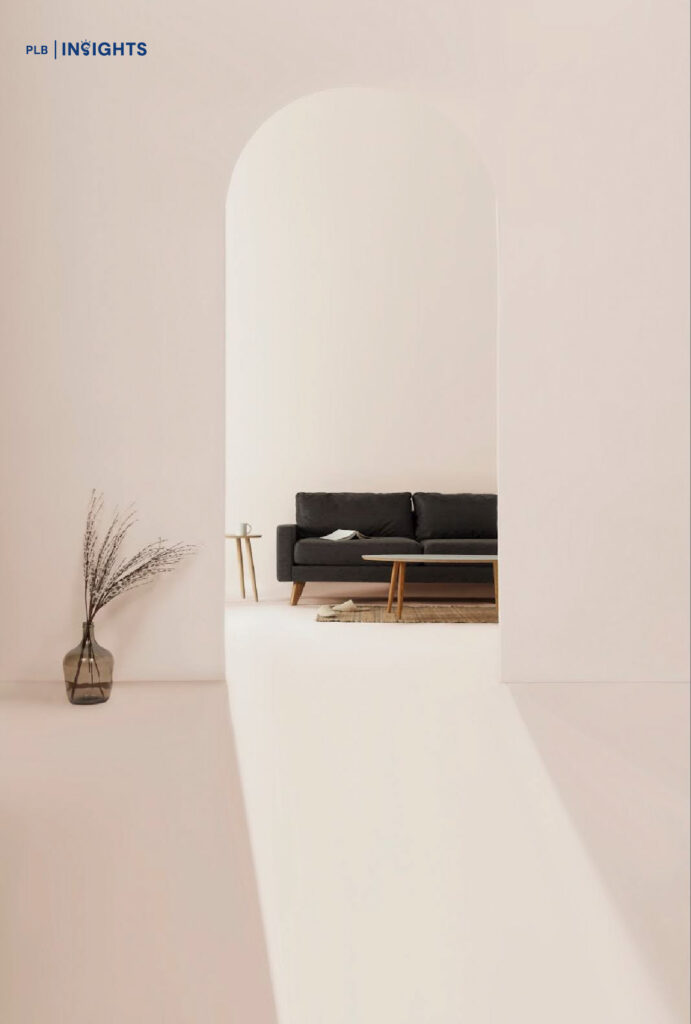
Expensive homes rarely feel overdecorated. Leaving intentional negative space—or areas free from excessive decor—creates a museum-like effect, making each item stand out more.
Compare a cluttered flea market to a high-end gallery. The latter showcases each piece with breathing room, allowing it to feel more valuable. Apply the same principle to your home by editing down your decor and giving key pieces the space to shine.
If It’s Ugly, Hide It: Keeping Everyday Clutter Out of Sight
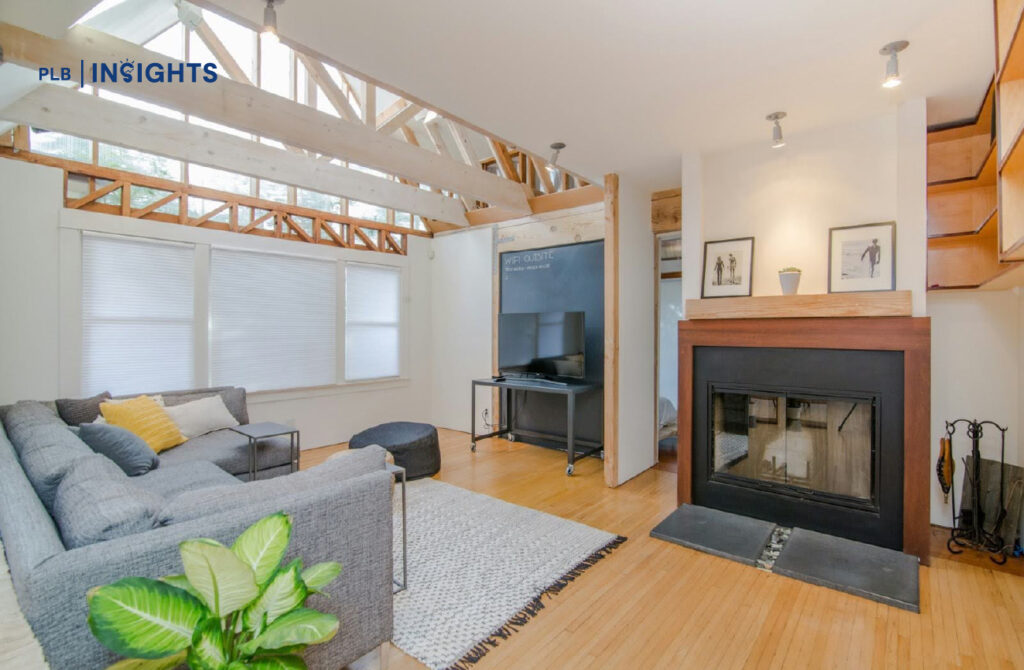
Luxury interiors often appear effortless because they minimise visible clutter. Everyday household items—cords, remote controls, plastic packaging—can disrupt the aesthetic.
Consider storage solutions like decorative boxes, stylish trays, or furniture with hidden compartments to keep practical items out of sight. While functionality is important, a luxurious home prioritises visual appeal, creating a space that feels aspirational and well-designed.
Final Thoughts
Making your home look expensive isn’t about how much you spend—it’s about how you curate your space. By prioritizing timeless materials, sculptural furniture, and well-balanced decor, you can achieve a refined, high-end aesthetic on a budget. The key is to embrace intentional design, thoughtful layering, and negative space to create an environment that feels luxurious, elegant, and uniquely yours.
Looking for a home that exudes elegance and timeless appeal? Our experienced consultants can help you find the perfect property that aligns with your lifestyle and vision. Whether you’re searching for a sophisticated space to personalise or a home with high-end design potential, we’ll guide you every step of the way. Contact us today to start your journey toward a home that feels as luxurious as it looks.


